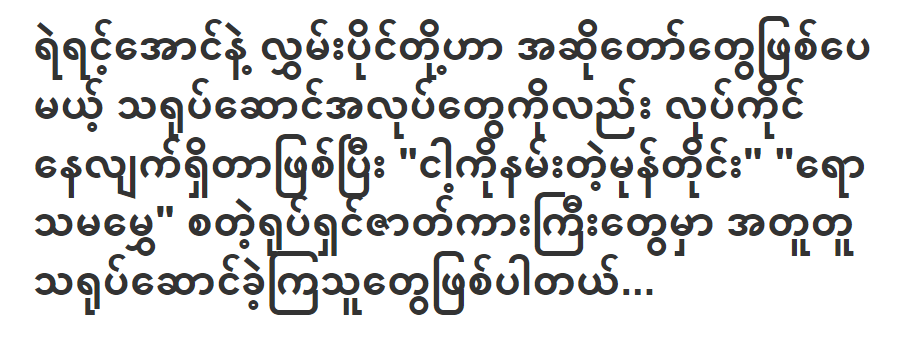








In a world that’s increasingly interconnected, the ability to communicate across languages has become more critical than ever. Yet, language barriers persist, hindering effective communication and collaboration on a global scale. Enter AI-powered language translation, a revolutionary technology that promises to break down these barriers and facilitate seamless communication between individuals and businesses worldwide.
The Evolution of Language Translation
Language translation is not a new concept. Throughout history, humans have sought ways to bridge the gap between different languages, whether through manual translation by bilingual individuals or early translation devices. However, these methods were often time-consuming, prone to errors, and limited in their scope.
With the advent of artificial intelligence (AI), language translation underwent a significant transformation. AI-powered translation systems leverage advanced algorithms, neural networks, and machine learning techniques to analyze and understand the nuances of language, resulting in more accurate and natural-sounding translations.
The Role of AI in Language Translation
AI plays a central role in revolutionizing language translation by enabling machines to process and interpret language data in a way that mimics human cognition. Through techniques such as natural language processing (NLP) and deep learning, AI-powered translation systems can decipher the meaning of text, identify context, and generate translations that are contextually relevant and grammatically correct.
But what sets AI-powered translation apart from traditional methods is its ability to continuously learn and improve over time. By analyzing vast amounts of language data and receiving feedback from users, these systems can refine their algorithms and enhance the quality of translations, making them increasingly accurate and nuanced.
Breaking Down Language Barriers with AI
One of the most significant benefits of AI-powered language translation is its capacity to break down language barriers and foster communication on a global scale. Whether it’s facilitating international business transactions, enabling cross-cultural collaboration, or connecting people from different parts of the world, AI-powered translation empowers individuals and organizations to overcome linguistic obstacles and engage with others more effectively.
Moreover, AI-powered translation offers unparalleled speed and scalability, allowing users to translate vast volumes of text in real-time. This capability is particularly valuable in scenarios where immediate communication is essential, such as emergency response situations, international conferences, or global marketing campaigns.
Applications of AI-Powered Language Translation
The applications of AI-powered language translation are diverse and far-reaching, spanning various industries and sectors. Here are some key areas where this technology is making a significant impact:
Business and Commerce
In the realm of business and commerce, AI-powered translation facilitates international trade and collaboration by enabling companies to communicate with partners, clients, and customers across linguistic boundaries. Whether it’s translating documents, emails, or website content, AI-powered translation solutions streamline communication processes and support global expansion efforts.
Travel and Tourism
For travelers exploring foreign destinations, AI-powered translation apps and devices are indispensable tools for navigating unfamiliar languages and cultures. From translating street signs and menus to facilitating conversations with locals, these technologies enhance the travel experience and make the world more accessible to individuals from diverse linguistic backgrounds.
Healthcare and Humanitarian Aid
In healthcare settings and humanitarian missions, AI-powered translation plays a vital role in ensuring effective communication between patients and healthcare providers, especially in multicultural environments where language barriers can impede access to medical care. By enabling accurate and timely translation of medical documents and consultations, this technology helps improve healthcare outcomes and save lives.
Challenges and Future Directions
Despite its transformative potential, AI-powered language translation is not without its challenges. One of the primary concerns is the risk of biases and inaccuracies in translations, particularly when dealing with complex or culturally sensitive content. Addressing these challenges requires ongoing research and development to enhance the accuracy, fairness, and inclusivity of AI-powered translation systems.
Looking ahead, the future of AI-powered language translation holds great promise. Continued advancements in AI technology, coupled with a deeper understanding of linguistics and cultural nuances, will further improve the quality and capabilities of translation systems. Moreover, as AI continues to democratize access to language translation tools, we can expect to see even greater innovation and integration across various domains, ultimately paving the way for a more connected and inclusive global society.
In conclusion, AI-powered language translation is a game-changer in breaking down language barriers and fostering communication across diverse communities. By harnessing the power of AI, we can transcend linguistic boundaries and unlock new opportunities for collaboration, understanding, and mutual respect in an increasingly interconnected world. So, are you ready to embrace the future of communication with AI-Powered Language Translation: Breaking Language Barriers?
